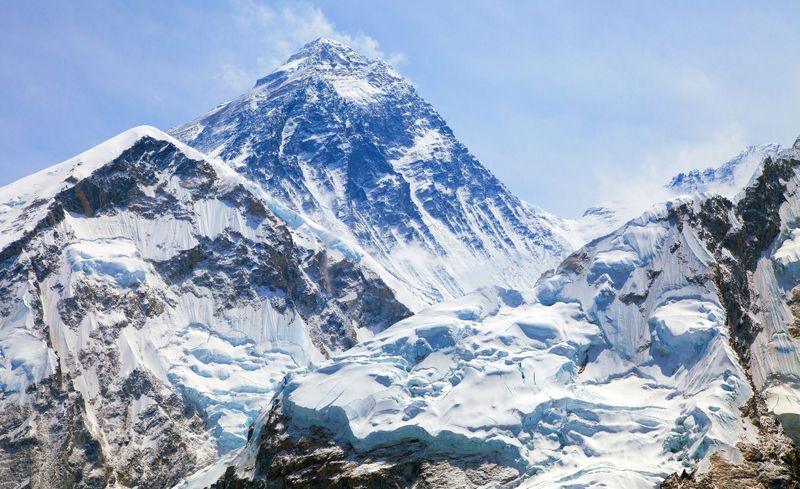China and Nepal finally agree on Mount Everest’s official height following years of long dispute

After over a decade of dispute and controversy, China and Nepal have at last concurred on how tall Mount Everest is.
The world’s highest peak, which sits at Nepal’s fringe with Tibet in the Himalayas, remains at 8848.86 meters (around 29,032 feet), authorities from the two nations declared on December 8, 2020. This is not exactly a meter higher than the recently perceived tallness.
The understanding denoted the finish to a long-running discussion over the exact elements of the mountain, known as Sagarmatha in Nepal and Qomolangma in Tibet. Throughout the long term, the two nations – just as different governments around the globe – have presented contrasting evaluations of the mountain’s tallness.
“The project was a matter of national pride for Nepal and a prestigious undertaking for the Nepali government. I feel very proud that we were able to complete it successfully,” Susheel Dangol, Deputy Director General at Nepal’s Department of Survey, told CNN. “Nepal and China jointly processed the surveyed data and came up with the result.”
The virtual public interview was gone to by Nepal’s Foreign Minister Pradeep Kumar Gyawali and his Chinese partner Wang Yi.
In 2005, a Chinese overview of the mountain assessed that it remained at around 8,844 meters (around 29,015 feet).
Be that as it may, since the examination was not approved by Nepal, the nation didn’t remember it as the official tallness. At that point, they were utilizing a figure of 8,848 meters (29,029 feet), in accordance with the discoveries of a 1955 Indian review.
At that point in 2015, various logical examinations recommended the mountain’s height may have changed after a 7.8-extent tremor hit Nepal. After two years, the Nepali government unexpectedly commenced its own long and strenuous mission of re-estimating the stature.
During Chinese President Xi Jinping’s visit to Nepal a year ago, the two nations consented to together declare the new stature, calling the pinnacle “an everlasting image of the fellowship among Nepal and China.” China began estimating from the Tibetan side of the mountain following Xi’s visit.
China sent an eight-part group to complete its own study. From that point forward, the different sides have been dissecting their discoveries.
The new height was determined utilizing a mix of geodetic information got from three systems: leveling instrument, gravity meter and GPS. The group set a sign recipient at each station, and estimated how long it required for signs to go between the beneficiary and satellites — at that point changed over that estimation into stature.
About Author
Disclaimer: The views, suggestions, and opinions expressed here are the sole responsibility of the experts. No Feature Georgia Heralds was involved in the writing and production of this article.




